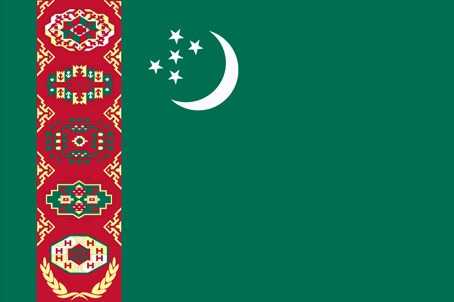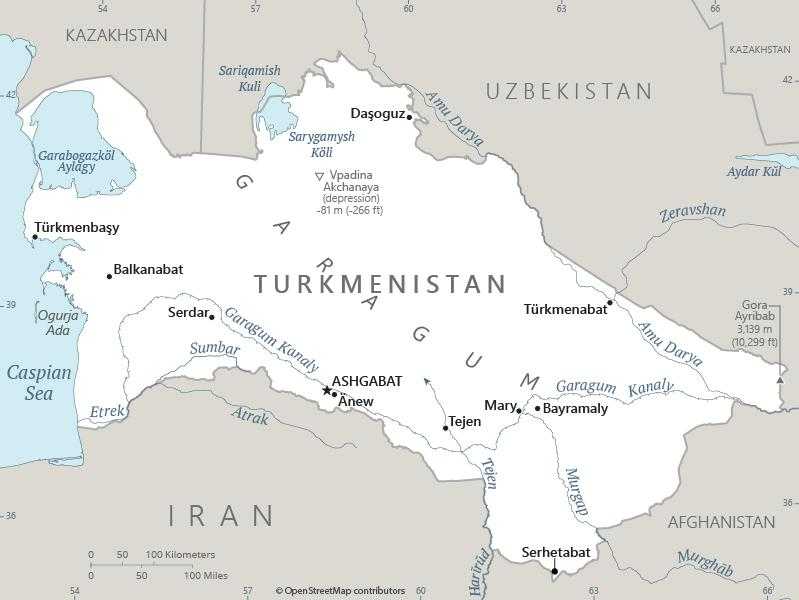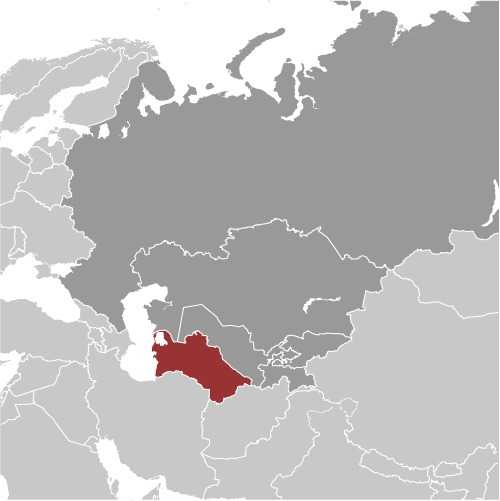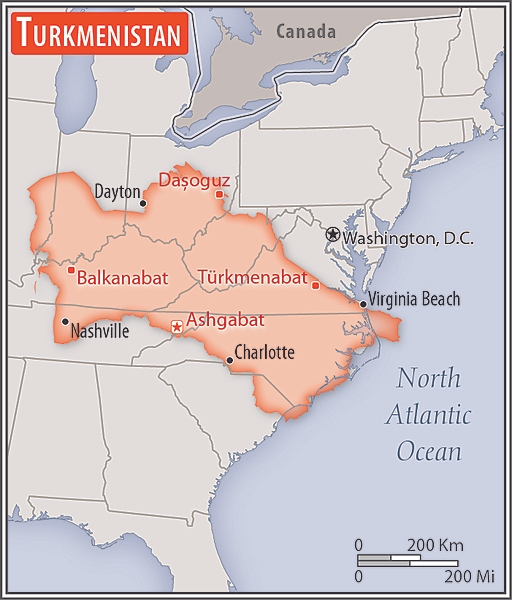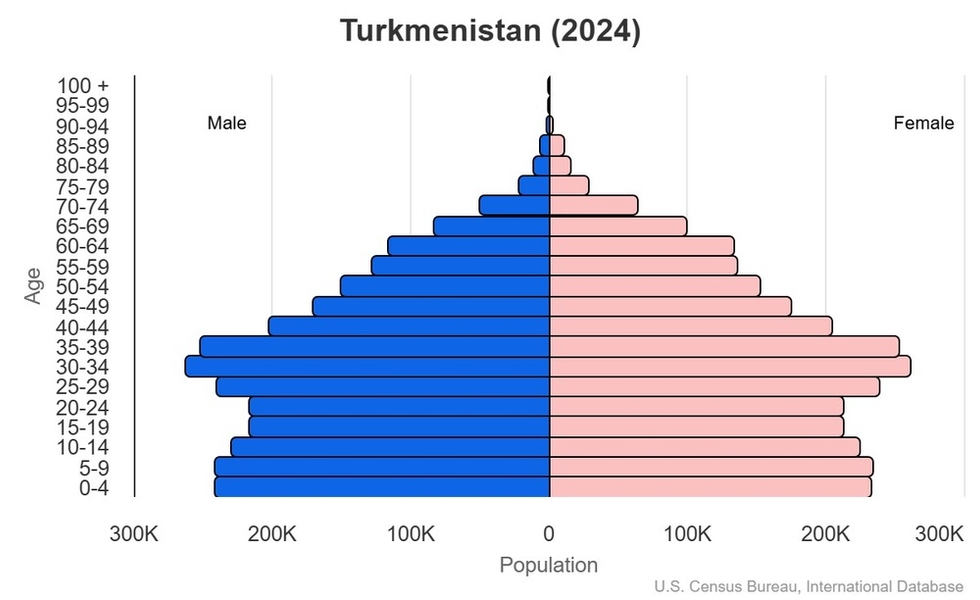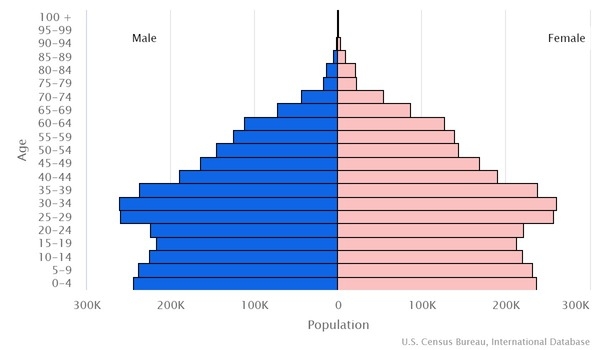Introduction
Visit the Definitions and Notes page to view a description of each topic.
Geography
People and Society
Population
comparison rankings: total 116; male 116; female 116
Median age
comparison ranking: total 128
Population growth rate
comparison ranking: 101
Birth rate
comparison ranking: 93
Death rate
comparison ranking: 154
Net migration rate
comparison ranking: 162
Maternal mortality ratio
comparison ranking: 169
Infant mortality rate
comparison ranking: total 34
Life expectancy at birth
comparison ranking: total population 162
Total fertility rate
comparison ranking: 103
Obesity - adult prevalence rate
comparison ranking: 116
Alcohol consumption per capita
comparison ranking: total 117
Tobacco use
comparison ranking: total 162
Children under the age of 5 years underweight
comparison ranking: 84
Education expenditure
comparison ranking: Education expenditure (% GDP) 165
Environment
Carbon dioxide emissions
comparison ranking: total emissions 42
Government
Economy
Real GDP (purchasing power parity)
comparison ranking: 89
Real GDP growth rate
comparison ranking: 141
Real GDP per capita
comparison ranking: 112
Inflation rate (consumer prices)
comparison ranking: 184
GDP - composition, by sector of origin
comparison rankings: agriculture 66; industry 22; services 149
Labor force
comparison ranking: 122
Unemployment rate
comparison ranking: 73
Youth unemployment rate (ages 15-24)
comparison ranking: total 123
Debt - external
comparison ranking: 78
Energy
Electricity
comparison rankings: installed generating capacity 82; consumption 75; exports 26; transmission/distribution losses 145
Energy consumption per capita
comparison ranking: 11
Communications
Telephones - fixed lines
comparison ranking: total subscriptions 76
Telephones - mobile cellular
comparison ranking: total subscriptions 117
Broadband - fixed subscriptions
comparison ranking: total 108
Transportation
Merchant marine
comparison ranking: total 106
